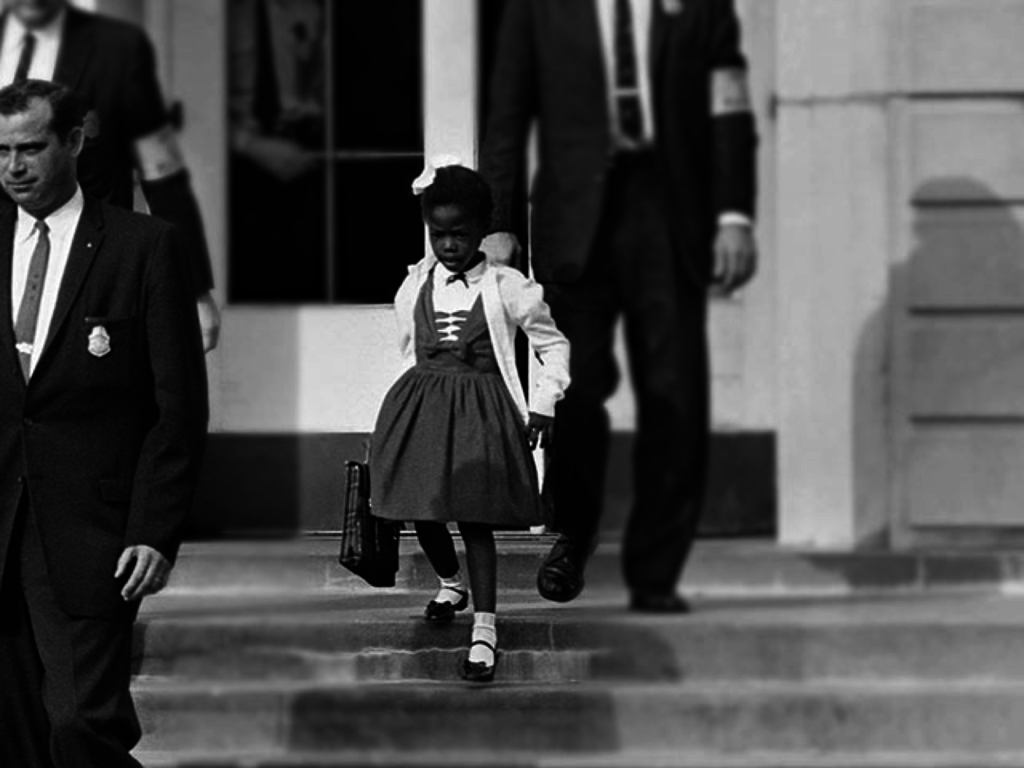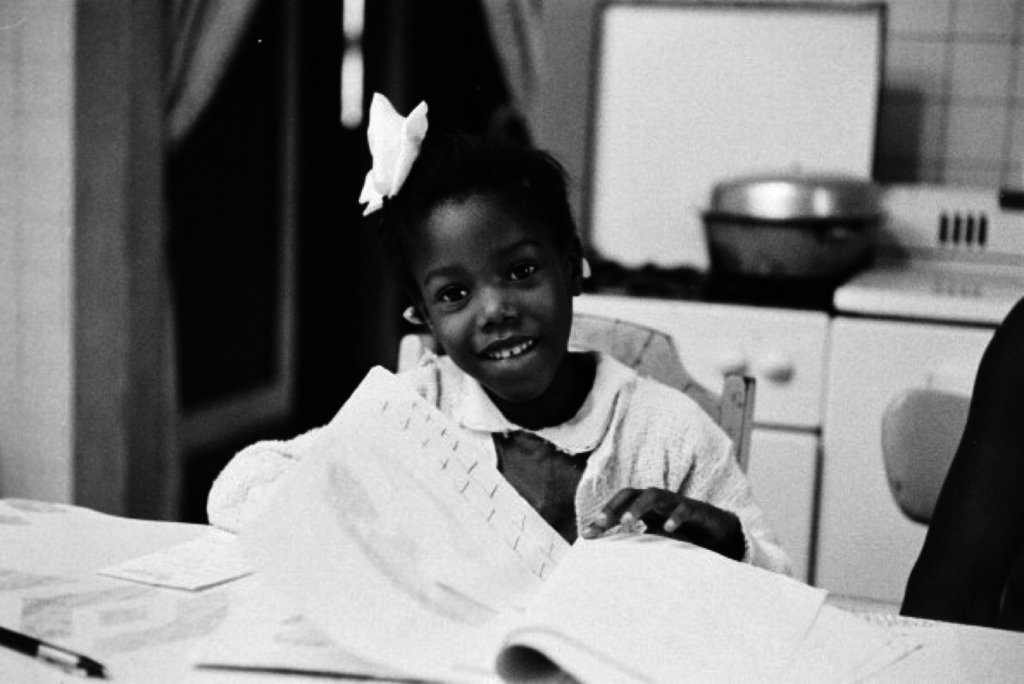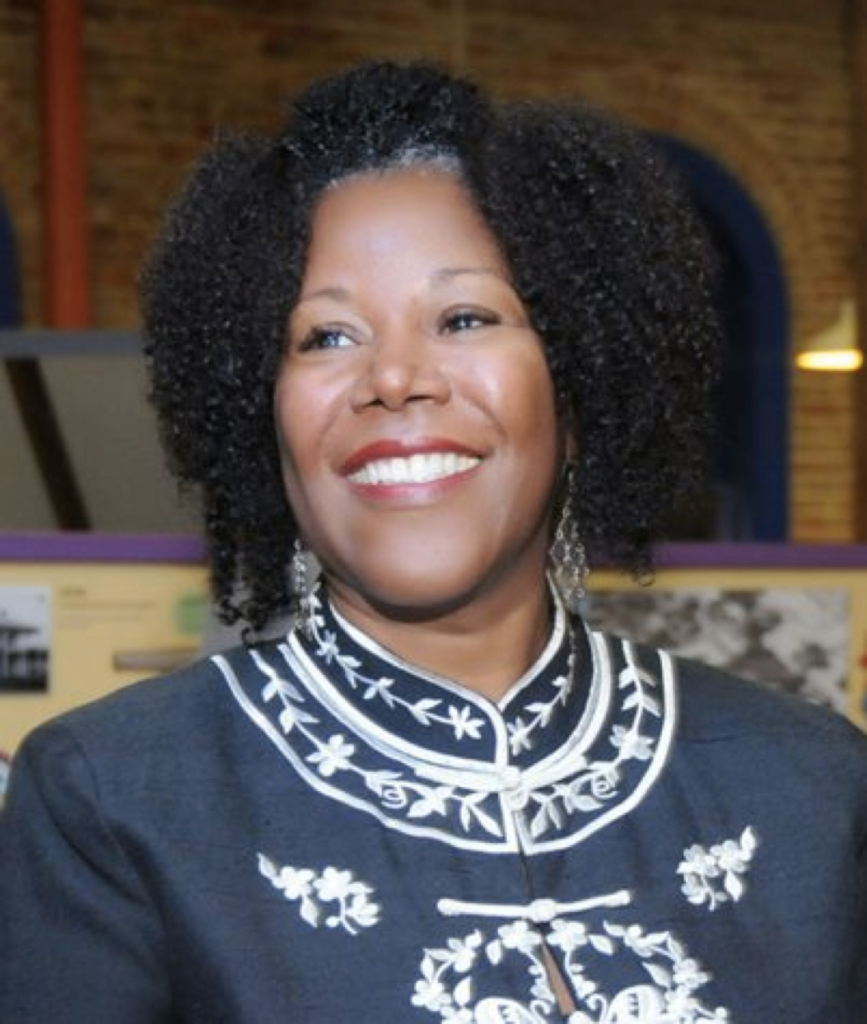
At the young age of just six years old, Ruby Bridges steps made history and ignited a big part of the civil rights movement in November 1960 when she stepped into school and became the first African American student to integrate an elementary school in the South.
Born in 1954, Bridges was the oldest of five children for Lucille and Abon Bridges, farmers in Tylertown, Mississippi. When Ruby was two years old, her parents moved their family to New Orleans, Louisiana in search of better work opportunities. Ruby’s birth year was also the same year that the US Supreme Court’s ruled the landmark decision in Brown v. the Board of Education of Topeka Kansas, ending racial segregation in public schools.

Just as it was with the emancipation proclamation on slavery, some southern states continued to resist the law. But, a federal court ordered Louisiana to desegregate. The school district created entrance exams for African American students to see whether they could compete academically at the all-white school. Ruby and five other students passed the exam.
At first, her parents were torn about whether to let her attend the all-white William Frantz Elementary School. Her father was against it, fearing for his daughter’s safety. But her mother wanted Ruby to have the educational opportunities that her parents had been denied. Meanwhile, the school district dragged its feet, delaying her admittance until November 14. Two of the other students decided not to leave their school at all; the other three were sent to the all-white McDonough Elementary School.
Ruby and her mother were escorted by four federal marshals to the school every day that year. She walked past crowds screaming vicious slurs at her. For the most part, Ruby said she wasn't scared. She said she only became frightened when she saw a woman holding a black baby doll in a coffin. She spent her first day in the principal’s office due to the chaos created as angry white parents pulled their children from school.

Barbara Henry, a white Boston native, was the only teacher willing to accept and teach Ruby. So, for the entire school year, she was a class of one. Ruby ate lunch alone and sometimes played with her teacher at recess, but she never missed a day of school that year.
Back in 1996, “The Oprah Winfrey Show” reunited Ruby with her first-grade teacher. Though it was a frightening, turbulent time, Mrs. Henry only recalls the joy she experienced that year. “It was so wonderful to have a little student like Ruby that it really made it a pleasure,” Mrs. Henry told Oprah in 1996. “We had a grand time together, side-by-side. Just to two of us spent the year together.”
While protestors rioted across the city, Mrs. Henry walked into her classroom every day, ready to teach. “She actually taught me the lesson that I say Dr. King taught all of us,” Ruby says. “And even though she was white and she looked exactly like the people outside the school, she showed me her heart.”

Ruby now promotes the values of tolerance and respect with her organization, Ruby Bridges Foundation.
"Everybody knows these are very trying times for us in this country," she said in a 2016 interview with The Washington Post. "I believe that we have to come together and we have to rely on the goodness of each other. Faith will help us get through this, just as it did before."








